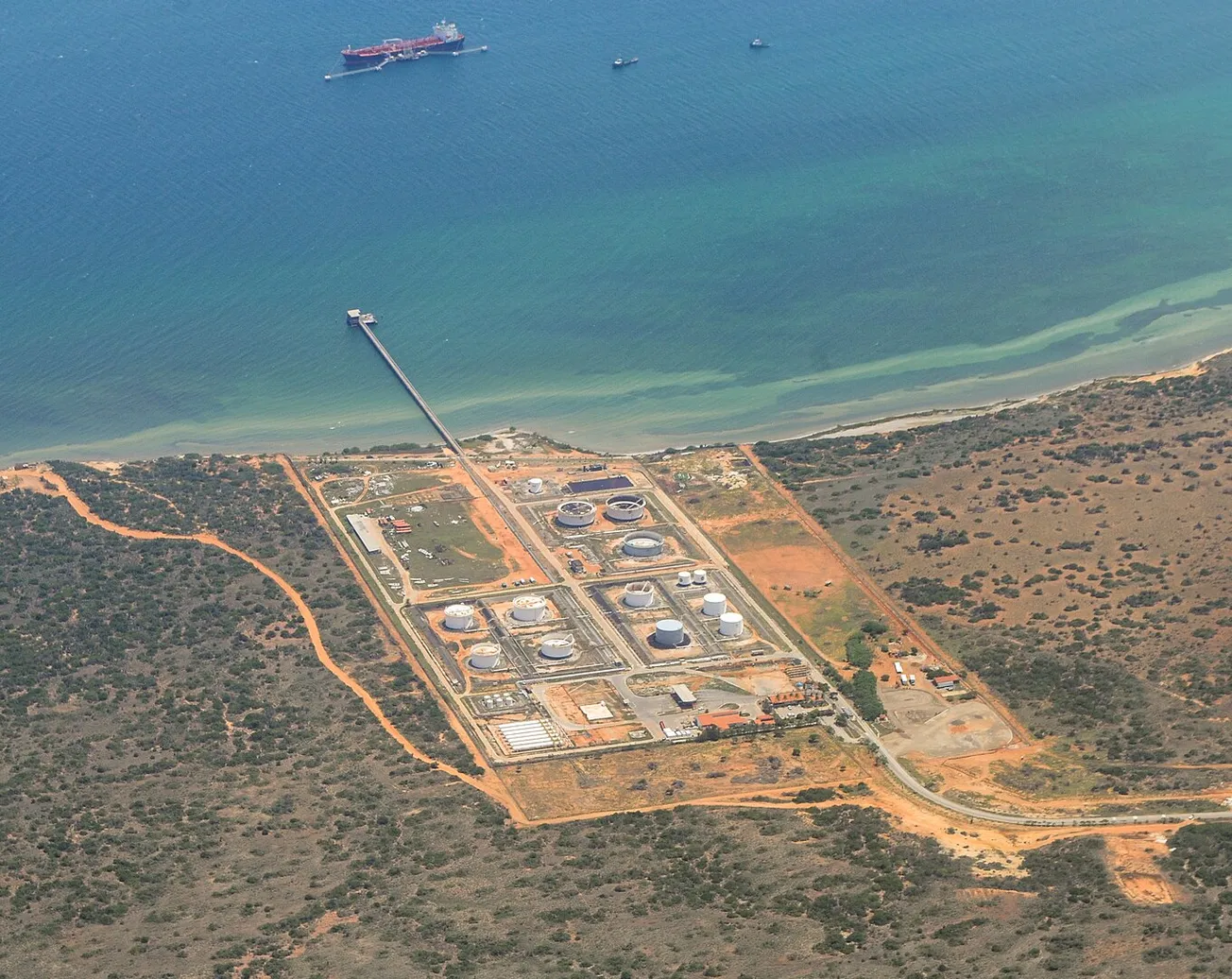On Feb. 22, history was made as the Odysseus spacecraft landed softly and intact on the Moon, becoming the first U.S.-built spacecraft to do so since Apollo 17 in 1972. Three recent attempts, by Peregrine (U.S.), SLIM (Japan), and Beresjeet (Israel), failed. Odysseus launched from Launch Complex 39A at NASA’s Kennedy Space Center in Florida, atop a Falcon-9 rocket provided by SpaceX.
Odysseus was built by NASA contractor Intuitive Machines (IM) in Houston. According to its website, “IM provides critical lunar infrastructure in lunar orbit delivery, surface access, and communications.” This year, NASA has awarded IM contracts for science and exploration missions to the Moon’s South Pole. Commercial delivery is part of NASA’s Commercial Lunar Payload Services (CLPS) initiative and the Artemis program.
IM is also partnering with Northrop Grumman to design a Lunar Terrain Vehicle to transport NASA’s Artemis astronauts around on the lunar surface. Its partnership with Lunar Outpost “enables reliable lunar mobility” with LO’s lunar rover service offerings. Lunar Outpost’s MAPP rover is scheduled to fly on IM’s IM-2 mission to the Moon’s South Pole.
At a press conference Feb. 23, IM CEO Steve Altemus revealed that in attempting its vertical touchdown, Odysseus used guidance provided by a NASA-provided on-board Navigation Doppler Lidar, instead of radar. Lidar (light detection and ranging) offers several advantages over radar, notably the fact that a laser transmits a pencil beam of visible light that can give a more precise and accurate measurement.




